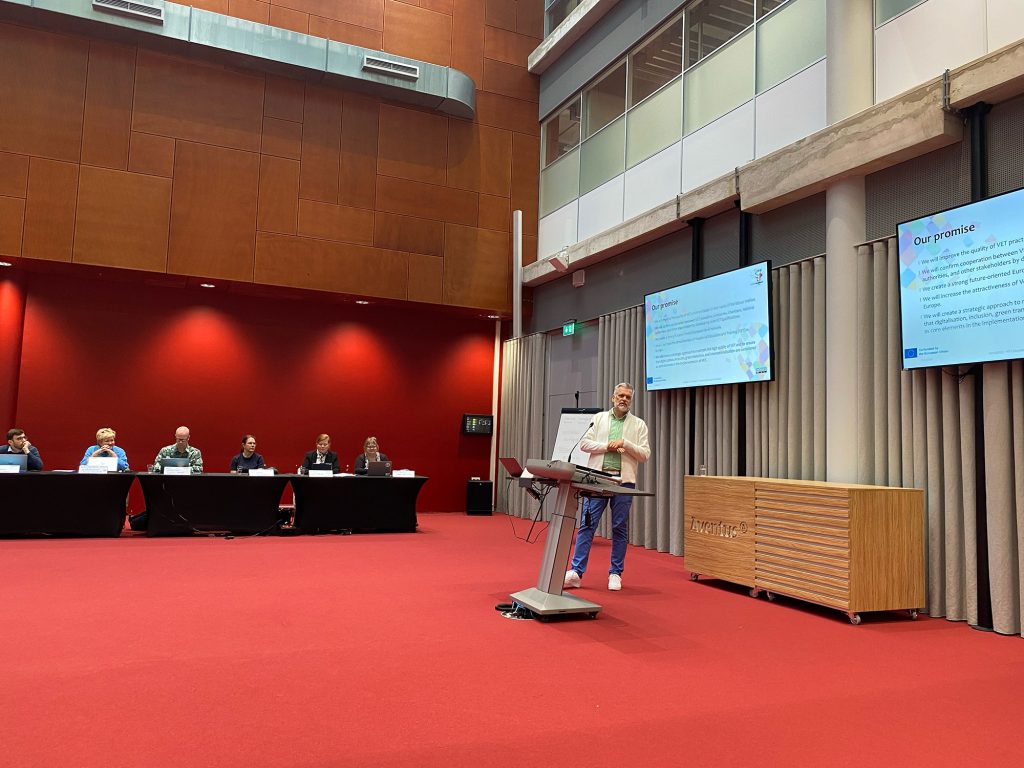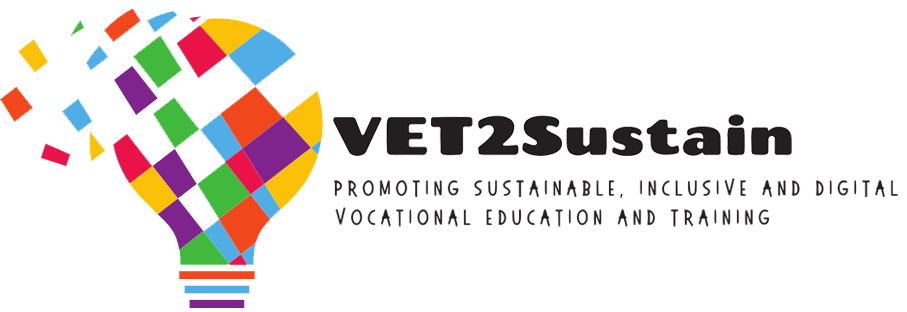The VET2Sustain project strengthens collaboration between vocational education and working life in Europe, focusing on digitalisation, inclusion, and the green transition. The goal is to increase the attractiveness of VET. At the meeting in Apeldoorn, Netherlands, on 11–12 September 2024, participants reviewed progress, sharing best practices and exploring solutions.
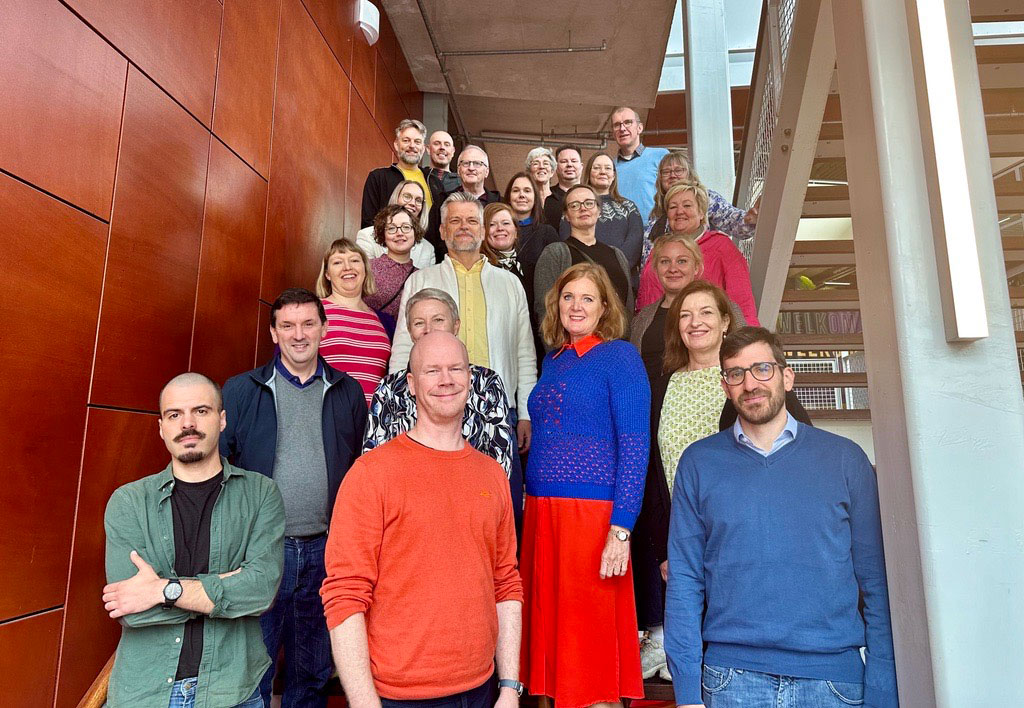
The online survey conducted over the summer provides a foundation for the project by analysing the state of vocational education in Europe. It aims to gather background information for the project as a whole. The results of the online survey will be ready for use in a couple of weeks. The online survey was conducted in five different languages, with respondents from a total of 18 countries. Anne-Mari Tornberg presented the implementation of the online survey at the meeting.
Additionally, she presented the desktop study on the attractiveness of vocational education, which was also conducted as part of the project. It told that in countries where vocational education is highly valued, the following factors were present: a strong connection to labor market needs, craftmanship and professionalism highly valued, government support, good quality of education and teacher training, and pathways to higher education.
Working face-to-face and on digital platforms
Participants of the meeting collaborated on the Miro platform, sharing best practices in areas such as flexibility in education, promoting an inclusive culture, internationalisation, digitalisation, and skills competitions and awards. Together we were able to gather a substantial amount of material for further development. The face-to-face meeting also provided an excellent opportunity for discussions.
The project comprises a total of 9 work packages, the leaders of which presented the current status of their packages and collected feedback and comments. The face-to-face meeting allowed for deeper engagement with project partners through collaborative work. Various methods were employed to gather information and feedback for further development. In addition to digital platforms, traditional paper and pen were also used.
The meeting also included a tour of Aventus Vocational School, where the meeting was held. Participants toured the school facilities and had the opportunity to observe studies in various fields. At Aventus, we saw how the institution uses technology to support learning, as well as the importance of practical hands-on skills.
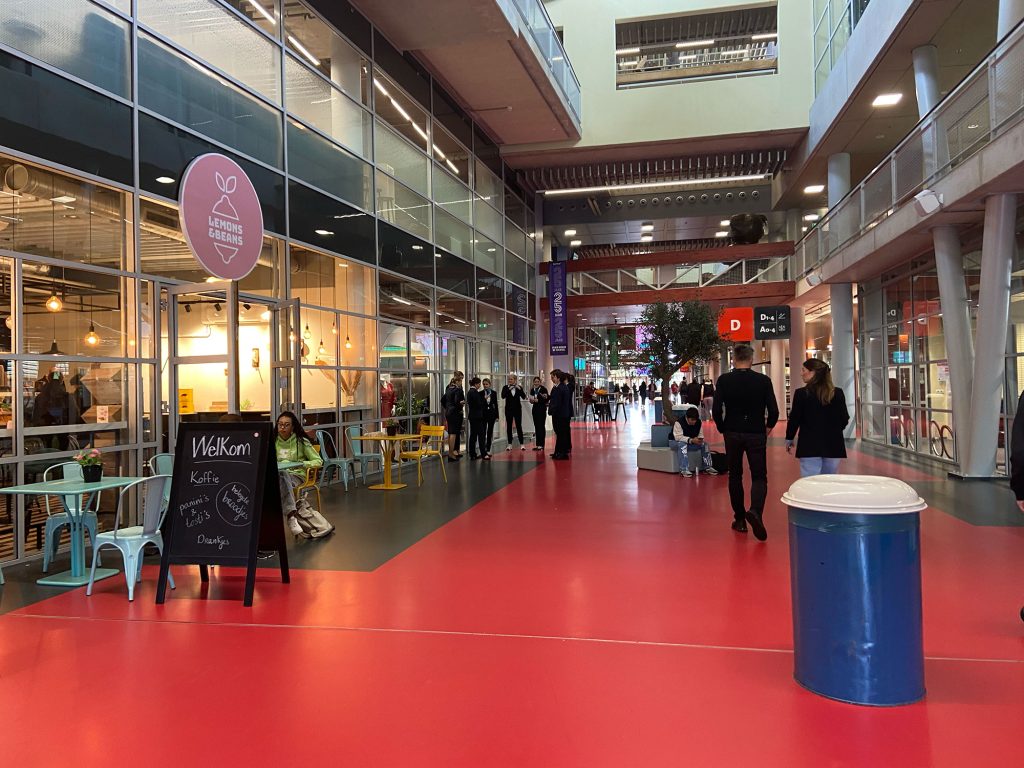
VET institutions are at varying levels in terms of utilising the potential of AI, VR, and AR, and these technologies are applied differently across various fields. The project offers a chance to share and disseminate information on these solutions.
Regarding project communication, it was noted that the VET2Sustain project’s social media accounts have been created but need more followers to enhance impact. There was a discussion on how to gain more followers so that the channels can be utilised more effectively when running campaigns to increase the attractiveness of vocational education.
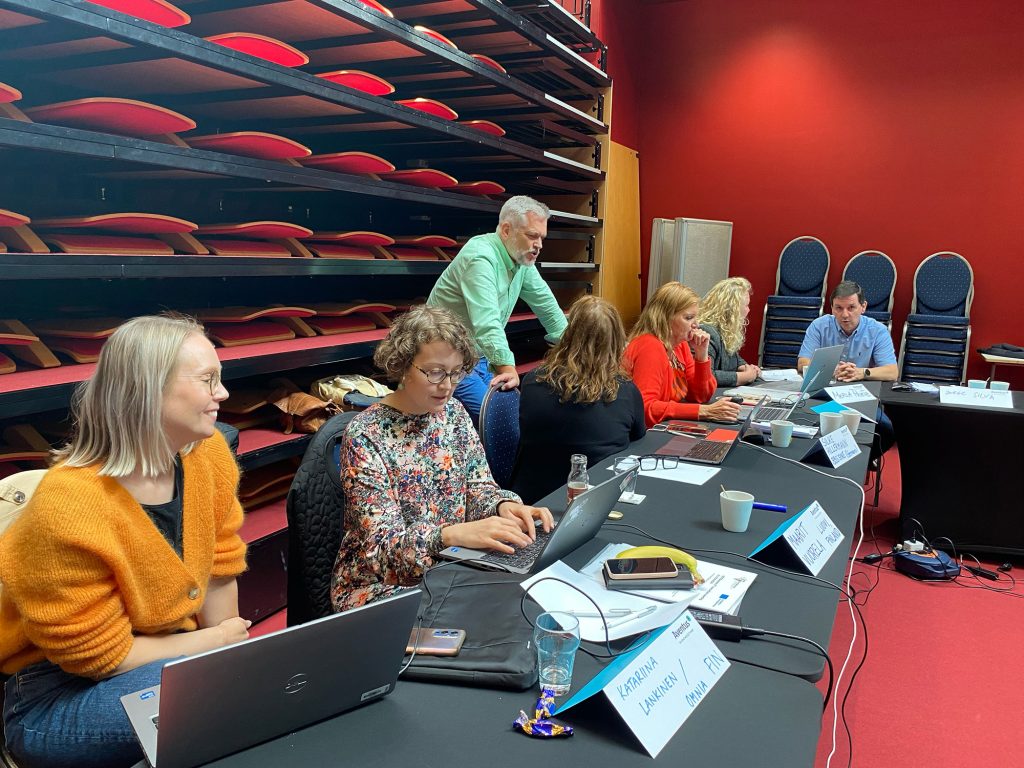
Aiming High
When the VET2Sustain project application was created, it set out to improve the quality of VET practices based on the needs of the labour market. Cooperation between VET providers, companies, chambers, national authorities, and other stakeholders will be ensured through the development of joint VET qualifications. Additionally, a strong, future-oriented European-level network is being established.
Efforts will be made to increase the attractiveness of VET across Europe. A strategic approach will also be implemented to maintain high-quality VET, with digitalisation, inclusion, green transition, and internationalisation integrated as core elements. These are ambitious goals, but all partners involved in the project are committed to working towards their achievement.
